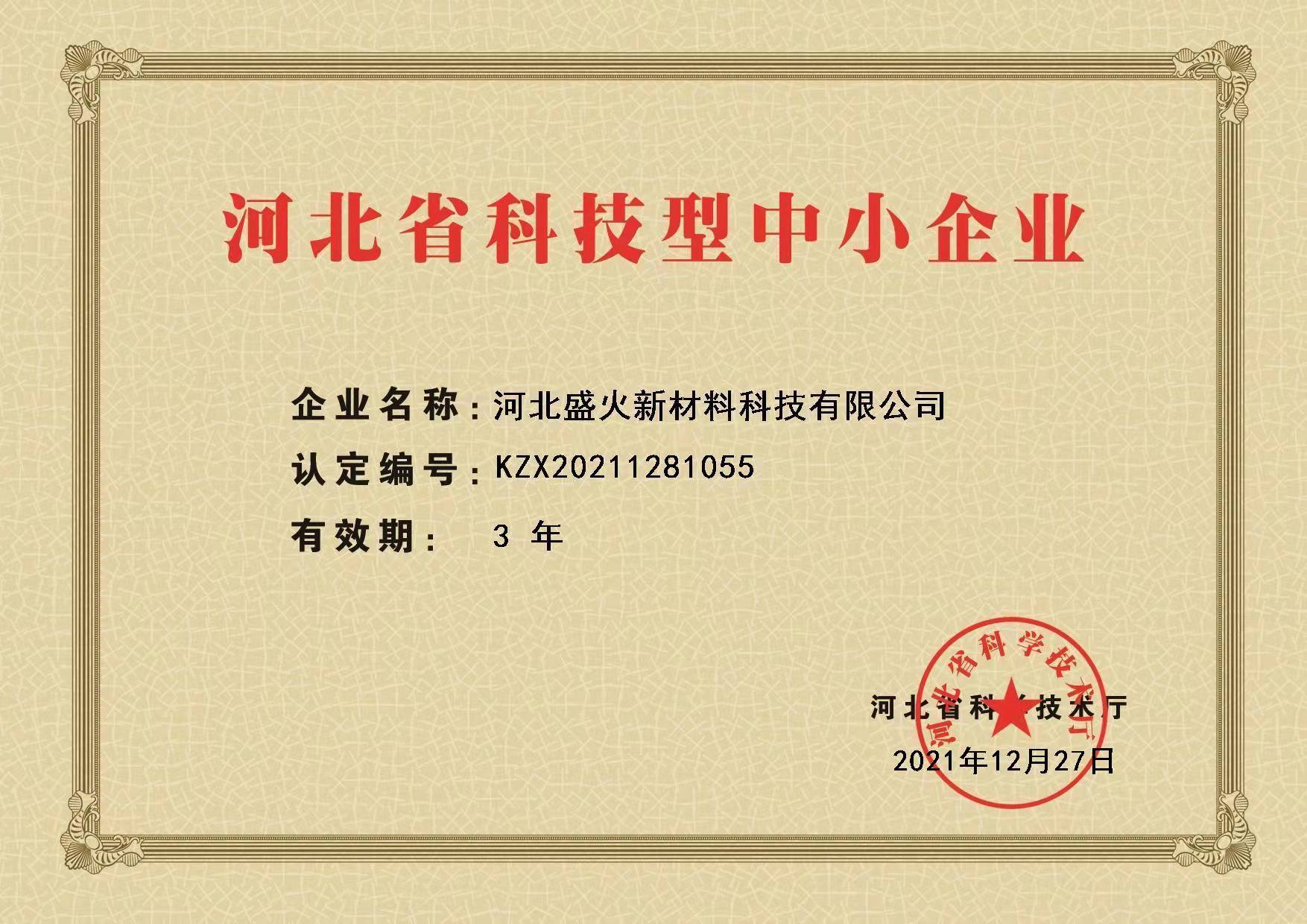The Importance of Sand Casting in Modern Manufacturing
Sand casting, one of the oldest and most versatile metal casting processes, has played a significant role in the industrial landscape for centuries. This method involves creating a mold from sand, into which molten metal is poured to create various shapes and components. While many modern casting techniques have emerged, sand casting remains vital due to its unique advantages and the critical role it plays in numerous industries.
Versatility and Cost-Effectiveness
One of the primary reasons for the continued relevance of sand casting is its versatility. This method can accommodate a wide range of metals, including iron, aluminum, bronze, and magnesium, making it suitable for diverse applications. Moreover, the sand casting process is not limited to small components; it can produce large castings, which are often found in industries such as automotive, aerospace, and construction. The ability to work with large and complex geometries without the need for expensive tooling sets sand casting apart from other methods, making it a cost-effective solution for both small-scale and large-scale production.
Process Efficiency
The sand casting process involves several key steps creating the pattern, preparing the sand mold, melting the metal, pouring it into the mold, and finally, allowing it to solidify. Despite the apparent complexity, the process is relatively straightforward, and advancements in technology have improved efficiency. The use of computer-aided design (CAD) and computer-aided manufacturing (CAM) has facilitated precise mold creation, reducing the likelihood of defects and improving overall product quality. Furthermore, the ability to reuse sand for multiple casting cycles contributes to its sustainability, making it an environmentally friendly option.
Customization and Rapid Prototyping
importance of sand casting

Another significant advantage of sand casting is its ability to facilitate customization. Manufacturers can easily create patterns tailored to specific project requirements, allowing for the production of unique components. This aspect is particularly beneficial in industries where bespoke designs are essential. Additionally, sand casting is advantageous for rapid prototyping. Designers can swiftly produce prototype parts to test and evaluate their designs in real-time, significantly shortening the product development cycle.
Strength and Durability of Cast Parts
The characteristics of the cast metal produced through sand casting are also noteworthy. Components made using this method tend to have excellent mechanical properties, which is crucial in applications where durability and strength are paramount. The cooling rate can be controlled to some extent, allowing manufacturers to tailor the crystal structure of the metal for optimal performance characteristics. The resultant parts exhibit high resistance to wear and fatigue, making sand casting particularly desirable for producing heavy-duty components such as engine blocks and machine bases.
Contribution to the Economy
The sand casting industry is not only integral to manufacturing engineering but also plays a significant role in the broader economy. Many small and medium-sized enterprises (SMEs) operate in this space, providing employment opportunities and supporting local economies. As industries increasingly turn towards sustainable practices, sand casting's recyclability and lower energy consumption compared to other casting methods strengthen its position as a critical contributor to economic stability and growth.
Conclusion
In conclusion, the importance of sand casting in the modern manufacturing landscape cannot be overstated. Its versatility, cost-effectiveness, customization capabilities, and the strength of the resultant cast parts make it a preferred choice across various industries. As technology advances and industries pursue sustainable practices, sand casting is likely to retain its relevance, adapting to meet new challenges and demands. This ancient technique continues to be a cornerstone of modern manufacturing, bridging the gap between tradition and innovation.
Post time:ডিসে. . 12, 2024 19:11
Next:golden sands concrete
